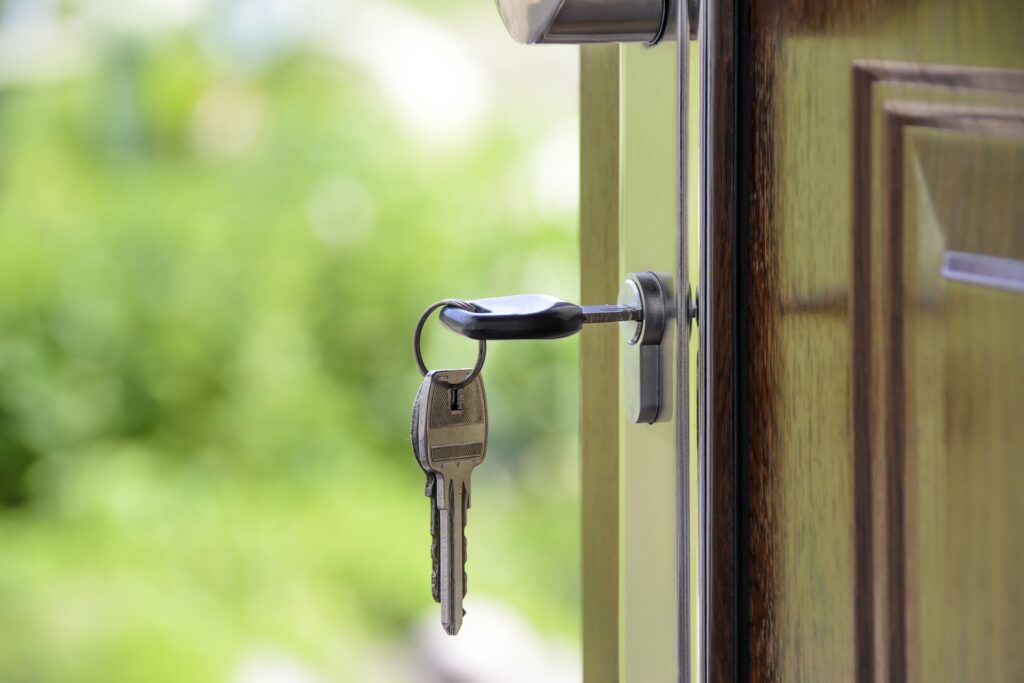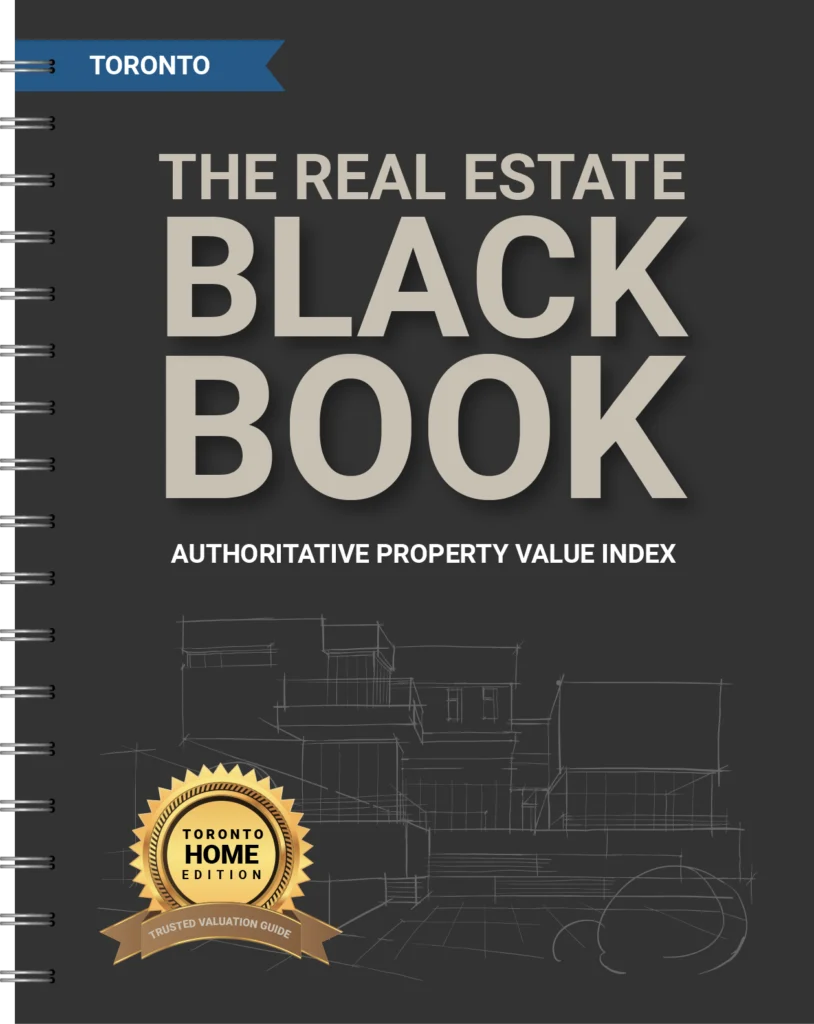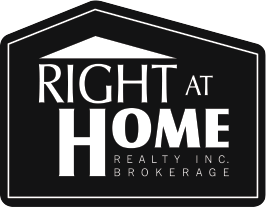If you’re in the market for real estate in Toronto, you’ve likely come across the term “stigma.” In real estate, a stigma refers to a negative association with a property or its location that can significantly affect its value, marketability, and legal obligations. In this article, I’ll explore the types of stigmas that exist in Toronto real estate, the impact of stigmas on real estate transactions, legal obligations surrounding stigmas, and strategies for removing or mitigating stigmas.
Types of Stigmas in Real Estate
Stigmatized properties and location stigmas are the two main types of stigmas that exist in real estate:
1. Stigmatized Properties
Stigmatized Properties are properties that have been associated with unpleasant events or circumstances.
Examples of stigmatized properties include:
- Murder homes: Properties where violent crimes, such as murders or homicides, have occurred.
- Suicide homes: Properties where a suicide or other violent death has occurred.
- Hoarder homes: Properties where a hoarder lived, which may have been neglected and suffered from poor sanitation.
- Haunted homes: Properties with a history of paranormal activity or ghost sightings.
- Contaminated homes: Properties contaminated with hazardous materials, such as asbestos, mold, or lead.
- Foreclosed homes: Properties that have been foreclosed upon, which may be stigmatized due to the association with financial hardship and the possibility of hidden or unknown problems.
- UFFI homes: Properties with UFFI insulation may be stigmatized due to health concerns associated with formaldehyde exposure.
- Grow houses: Properties that have been used to grow cannabis illegally. These properties may be stigmatized due to the association with criminal activity, and may have hidden problems such as mold or structural damage from renovations done to accommodate the grow operation.
2. Location Stigmas
Location stigmas, on the other hand, refer to properties located near undesirable locations or features.
Examples of location stigmas include:
- Proximity to highways: Properties located close to highways may experience increased noise, pollution, and traffic, which may decrease their value and marketability.
- Proximity to airports: Properties located close to airports may be subject to loud airplane noise, which may make them less desirable to some buyers.
- Proximity to industrial areas: Properties located close to factories, warehouses, and other industrial areas may experience noise pollution, odours, or other negative impacts, which can decrease their value and make them harder to sell.
- Proximity to high-voltage power lines: Properties located near high-voltage power lines may raise health concerns due to the electromagnetic fields they produce, which can make them less desirable to some buyers.
- Proximity to commercial areas: Properties located near busy commercial areas may experience increased traffic, noise, and other negative impacts, which can make them less attractive to some buyers.
- Proximity to bodies of water: Properties located near bodies of water, such as lakes or rivers, may be subject to flooding, erosion, or other natural disasters, which can decrease their value and marketability.
- Proximity to cemeteries: Properties located near cemeteries may be stigmatized due to cultural or religious beliefs, superstitions, or fear of the supernatural. Some buyers may be uncomfortable living near a cemetery or may believe it will decrease the property’s value or marketability.
Impact of Stigmas on Real Estate
Stigmas can have a significant impact on a property’s value, marketability, and legal obligations.
1. Lowered property value
There have been several studies and reports that have explored the impact of stigmas on real estate values.
For example, a study conducted by the Appraisal Institute of Canada in 2010 found that stigmatized properties can sell for as much as 35% less than comparable properties in the same area. Another study by the Real Estate Investment Network found that stigmatized properties can sell for as much as 25% less than non-stigmatized properties in the same area.
It is important to note that these figures are not universal and the actual impact of a stigma on a property’s value can vary widely depending on the specific circumstances.
Additionally, market conditions, buyer perceptions, and other factors can also affect a property’s value, and it is essential to work with an experienced real estate professional who can provide insight and guidance on local market conditions and the impact of stigmas on property values.
2. Difficulty in selling the property
Many studies have shown that stigmas can make it challenging to sell a property or cause it to stay on the market for an extended period.
One such study was conducted by researchers at the University of Guelph in Ontario, Canada. The study, which was published in the Journal of Real Estate Research, found that stigmatized properties take longer to sell and are more likely to sell below the asking price than non-stigmatized properties.
3. Extended time on the market
Stigmatized properties can stay on the market for longer than average, leading to higher carrying costs for the seller.
A study conducted by the Real Estate Investment Network found that stigmatized properties can take up to three times longer to sell than non-stigmatized properties in the same area. These findings demonstrate the significant impact that stigmas can have on a property’s marketability and the importance of addressing and mitigating stigmas in real estate.
4. Stigmatized properties as potential investment opportunities
Some investors specialize in buying stigmatized properties at a lower price and renovating or flipping them. However, these investors are few and far between, and the risks associated with buying a stigmatized property are significant.
Legal Obligations and Disclosures
Real estate agents and sellers have legal obligations to disclose stigmas that may affect the value or desirability of a property.
- Legal obligation of real estate agents to disclose stigmas: Real estate agents must disclose stigmas that may affect the value or desirability of a property. Failure to disclose stigmas can lead to lawsuits and other legal consequences.
- Legal obligation of sellers to disclose stigmas: Sellers must disclose any stigmas they are aware of that may affect the value or desirability of a property. Failing to disclose stigmas can lead to lawsuits and other legal consequences.
- Potential consequences of failing to disclose stigmas: Failing to disclose stigmas can lead to lawsuits, monetary damages, and even criminal charges in extreme cases.
Removing or Mitigating Stigmas in Toronto Real Estate
While some stigmas may be challenging to overcome, others may be more manageable. Here are some strategies for removing or mitigating stigmas in Toronto real estate:
- Renovation and restoration: Renovating and restoring stigmatized properties can remove or lessen the negative associations with the property. For example, a home where a murder occurred could be renovated to remove any physical reminders of the crime. This can make the property more attractive to potential buyers and increase its market value.
- Marketing and communication: Carefully choosing the words used in marketing materials can shift the focus from the stigma to the property’s positive attributes. For example, instead of highlighting the fact that a property is located near a highway, the marketing materials could emphasize the property’s easy access to transportation.
- Strategic pricing: Pricing the property below market value can entice buyers to overlook the stigma and see the property’s potential. This approach can be effective for stigmatized properties that require significant renovations or for buyers who are willing to take on the risks associated with a stigma.
Success Stories of Stigma Removal and Mitigation
Here are three success stories of stigma removal and mitigation in Toronto real estate:
- The infamous “Murder House”: A house located in Toronto’s Forest Hill neighborhood where a well-known murder occurred was able to be successfully sold and renovated for a significant profit. The property was initially listed at a discounted price, with a disclosure about the murder, and underwent extensive renovations to remove any physical reminders of the crime. The property was then marketed as a luxury home with a rich history, and eventually sold for $6.2 million in 2016, well above market value.
- The former Grow-Op house: A house in Scarborough, Ontario, that had previously been used as a marijuana grow-op was sold at auction by the Ontario Provincial Police. The property had to be completely renovated and brought up to code before it could be sold on the open market. The new owners disclosed the property’s past and emphasized the extensive renovations done to make it safe and livable. The property was ultimately sold for a profit, demonstrating that stigma removal and mitigation can be successful in real estate.
- The “Green Room” house: A house in Toronto’s East York neighborhood was known as the “Green Room” due to the presence of mold throughout the property. The house was purchased by a real estate investor who spent significant time and money to remediate the mold and renovate the property. The investor was upfront about the property’s past and was able to sell the property for a profit after only a few months on the market.
These success stories demonstrate that it is possible to mitigate and overcome stigmas in real estate through careful planning, renovation, and effective marketing.
Conclusion
Stigmas are a unique aspect of Toronto real estate that requires careful consideration by all parties involved. By understanding the types of stigmas that exist, their impact on real estate, and the legal obligations surrounding their disclosure, real estate professionals can help clients navigate this aspect of the market with confidence.
With the right approach, stigmatized properties can be successfully sold, and buyers can find excellent investment opportunities in this dynamic market.
As a real estate agent, it is essential to work with your clients to be transparent and upfront about any issues that may affect the property’s value or marketability. By following best practices, you can help your clients make informed decisions and protect their interests.



